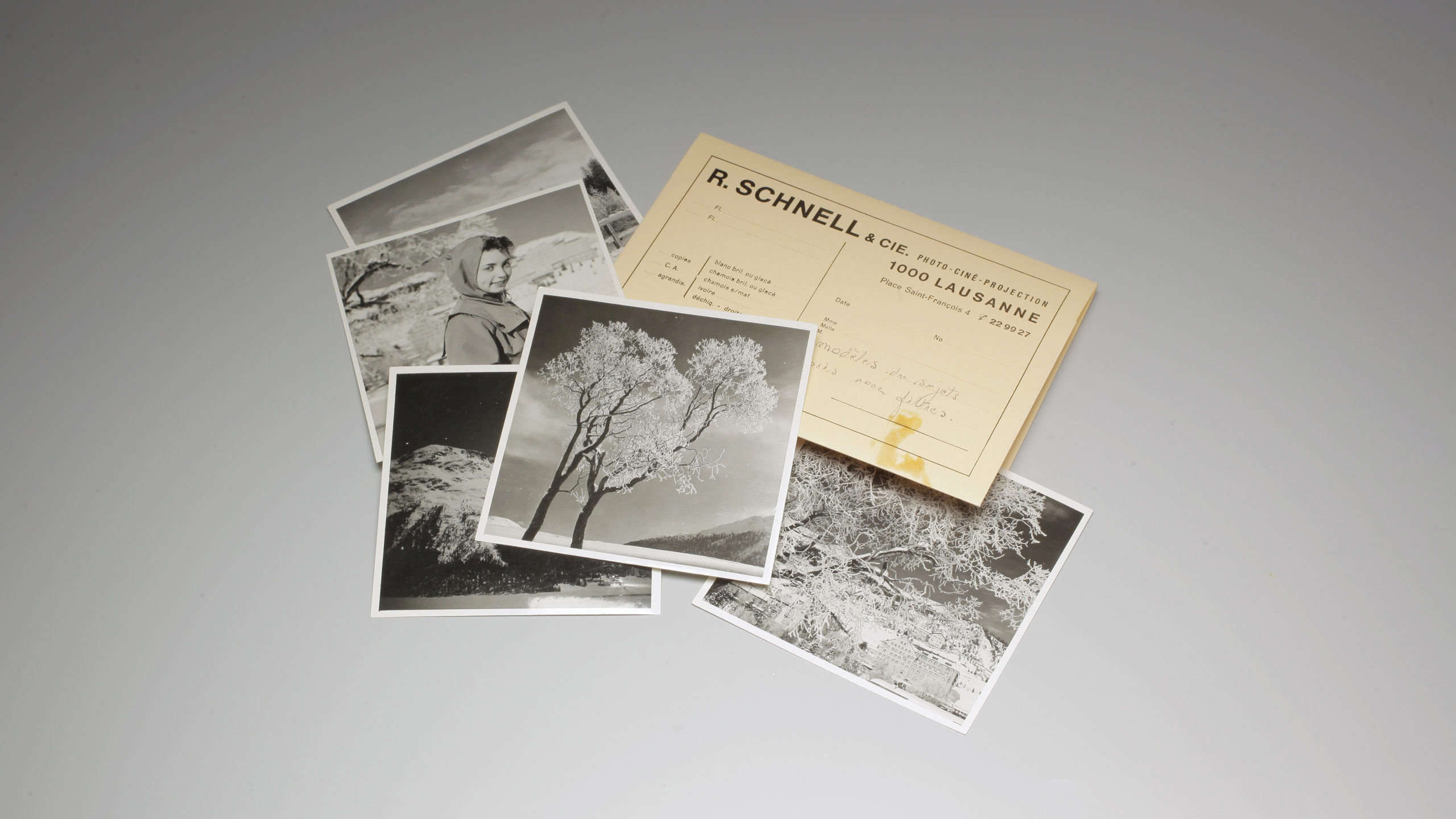Snapshots of real life
The photographic image became accessible to all, whether actor or spectator: in books and monographs, richly-illustrated manuals of all types, attractive albums, which one could fill with one’s own pictures, and last but not least, as a newcomer about to enter its heyday, the postcard.
As early as the interwar period, photography enjoyed rapid growth and became an excellent vehicle for photographers to make themselves known and to spread their work, somewhat less ephemeral than appearing in the illustrated press.
The new practice of instantaneous photography became the subject of instruction manuals which enabled the amateur to master essential aspects such as framing, seizing the right moment, not forgetting the assessment of the proper posing time depending on the lighting… all still far from easy when using the cameras of the time.
Photography as “bearing witness to happy days” assumed its place within albums that each family put together carefully, mindful of the image it was projecting. One saw not only family members carrying out everyday activities, but also posing alongside their prized possessions, such as their cars.
The postcard, printed first in black and white and then in colour, was a fantastic vector for the spread of the photographic image of a variety of subjects, and began to experience considerable growth from the latter part of the 1890s. Printed in extensive series on photographic paper by photographers or specialised publishers, it could also be a “home” print, sometimes even unique, printed on paper of the appropriate format, with spaces for the message and the address on the back.


